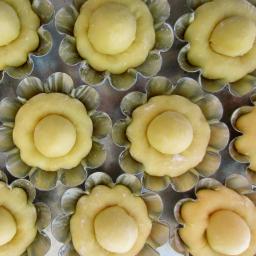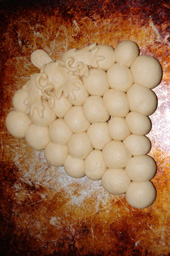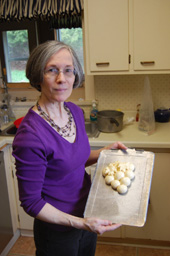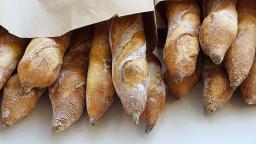Several years ago I embarked on research and development of fun shaped buns. The doughs I use are: whole wheat, sweet roll, cheese, oatmeal, and caraway rye. For the eyes I use currants, raisins, olive slices, a date slice filled with a craisin. For fins and feet I sometimes roll out and cut pieces, other times I make a ball and cut toes in. I use an egg white for the glaze and for some designs sprinkle with sesame seeds.

Here are the tools I use:
Dough cutter to divide the loaf, rolling pin, two scissors, bamboo skewer, chopstick, exacto knife, miscellaneous cookie cutters, and individual cue cards.

After the dough has risen the first time, I cut it into the number of wedges according to the number of buns I am making that day. I found that working with wedges helped immensely to get the proportions correct for each bun. I made a cue card for each design to show me how many pieces each design required and how to best cut the wedge to get the pieces. I also added helpful notes from previous attempts.
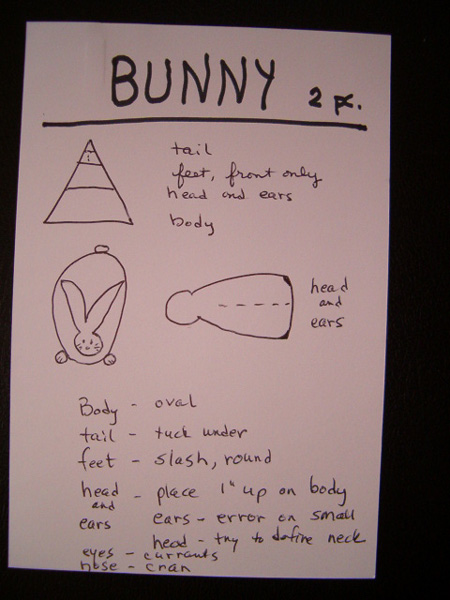
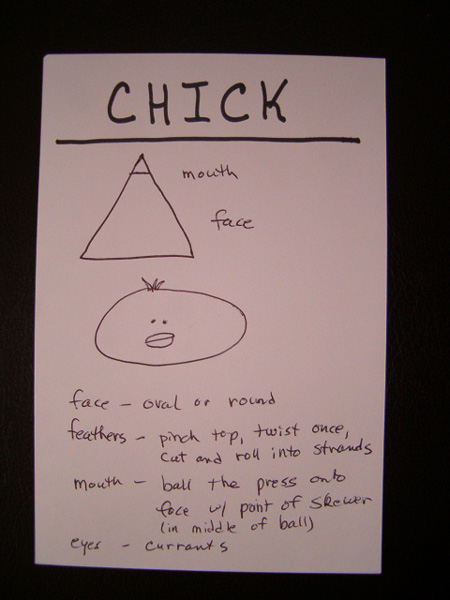


I like to make several different designs in one session. That's where the cue cards come in handy. Since you are working with a living organism working quickly is necessary. I found it best to make a mix of easy and difficult designs so as to fit within the time frame I had. I kept all pieces covered with lightly oiled clear wrap so as to prevent a crust from forming. I found that making the bodies first then adding the smaller pieces worked the best. I would shape the body, press it down to secure it on the pan then move on to the next body. I would then start adding the smaller pieces, then the eyes and slash in details. The bamboo skewer blunt end is used to make indents in the dough for the eyes and noses. The chopstick is good for larger designs and also for cupping the ears of the bear. The scissors are for the hedgehog and cat.


The cookie cutters are for the fish, grape cluster, and rose.

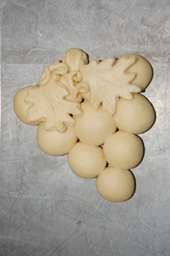

Right up until the time they go in the oven I continue to check on them and push the dried fruit in, etc. if they start to fall out of the rising dough.
At first I thought I had to pinch the pieces together but found that simply tucking them under slightly held them together just fine.


Just before baking I continue to make small adjustments, redefine slashes if necessary, then brush on the egg white. If any egg white pools in the eyes I dab off the excess with a corner of a paper towel.
My failure rate is very small. It seems that with a little diligence the eyes stay put and the pieces stick together.
